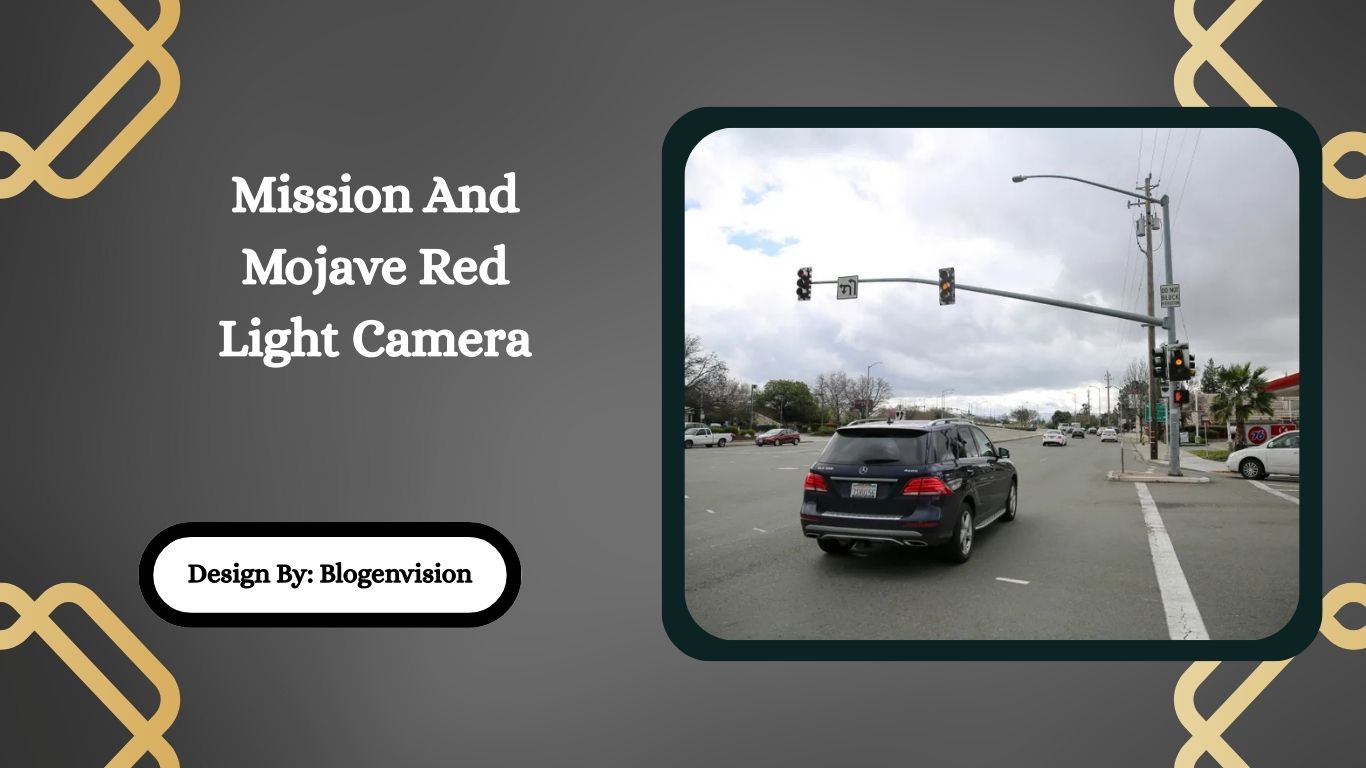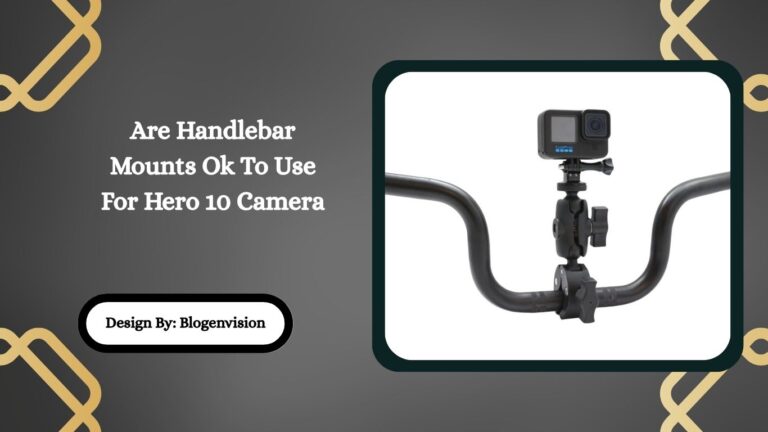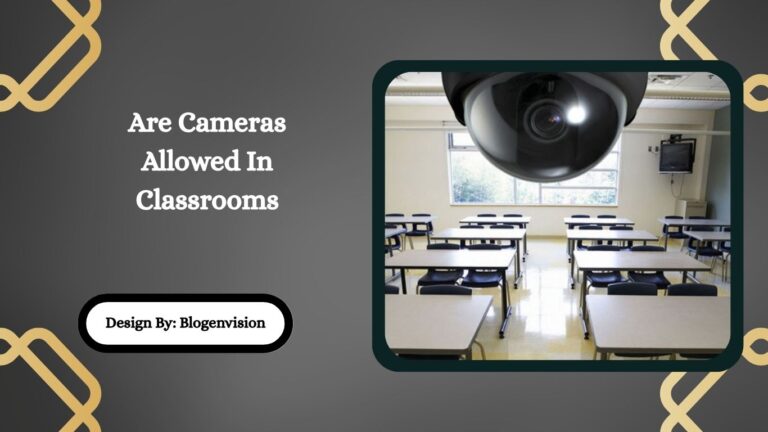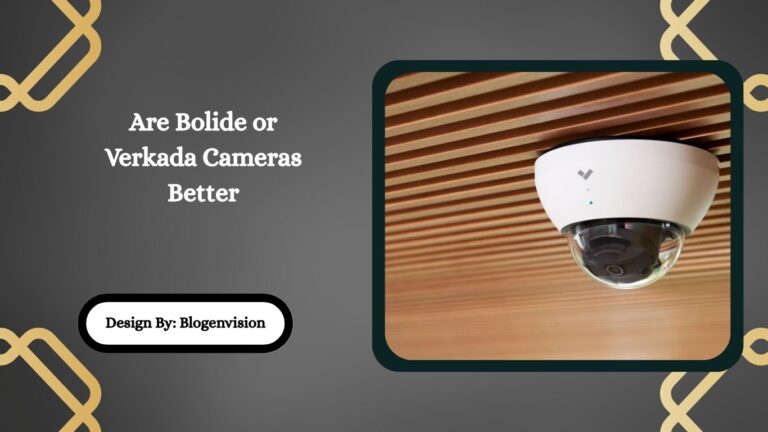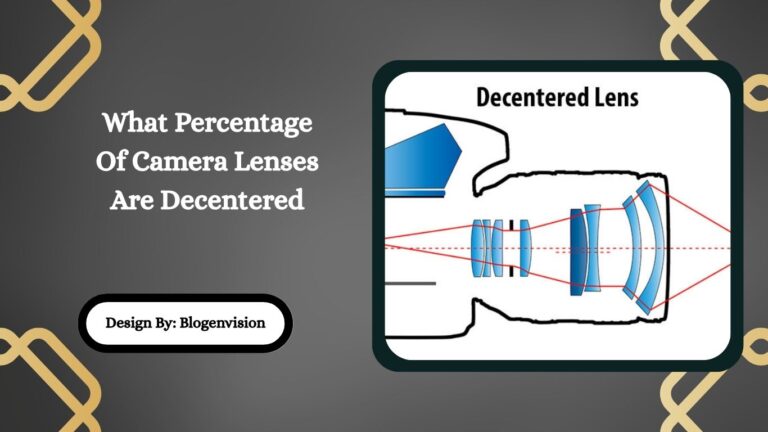Mission And Mojave Red Light Camera – Drivers Need to Know!
Yes, Fremont operates a red light camera at Mission Boulevard and Mohave Drive. It detects vehicles entering after the light turns red, capturing photos and issuing citations to improve intersection safety.
The intersection of Mission Boulevard and Mojave Drive in Fremont, California is one of the city’s active red light camera locations. Many local drivers are surprised to receive a ticket in the mail after allegedly running a red light at this intersection. If you’ve ever wondered how these cameras work, why they’re placed here, and what to do if you get a citation, this guide provides clear answers.
We’ll cover the exact location of the Mission and Mojave red light camera, how the enforcement system operates, common legal defenses, and what critics say about California’s red light camera programs.
Where Is the Mission and Mojave Red Light Camera Located?
The red light camera at Mission Boulevard and Mojave Drive is positioned to monitor multiple traffic lanes. It captures both still photographs and video clips of vehicles suspected of violating California Vehicle Code 21453 (running a red light).
- Intersection monitored: Mission Blvd & Mojave Dr
- City: Fremont, CA
- County: Alameda County
- Camera type: Automated photo enforcement system with sensor based triggers
- Coverage: Through lanes and turning lanes, depending on the direction of travel
This location was selected due to its high traffic volume and collision risk. The goal, according to Fremont Police Department, is to reduce accidents caused by red light running.
How Do Red Light Cameras Work at Mission and Mojave?
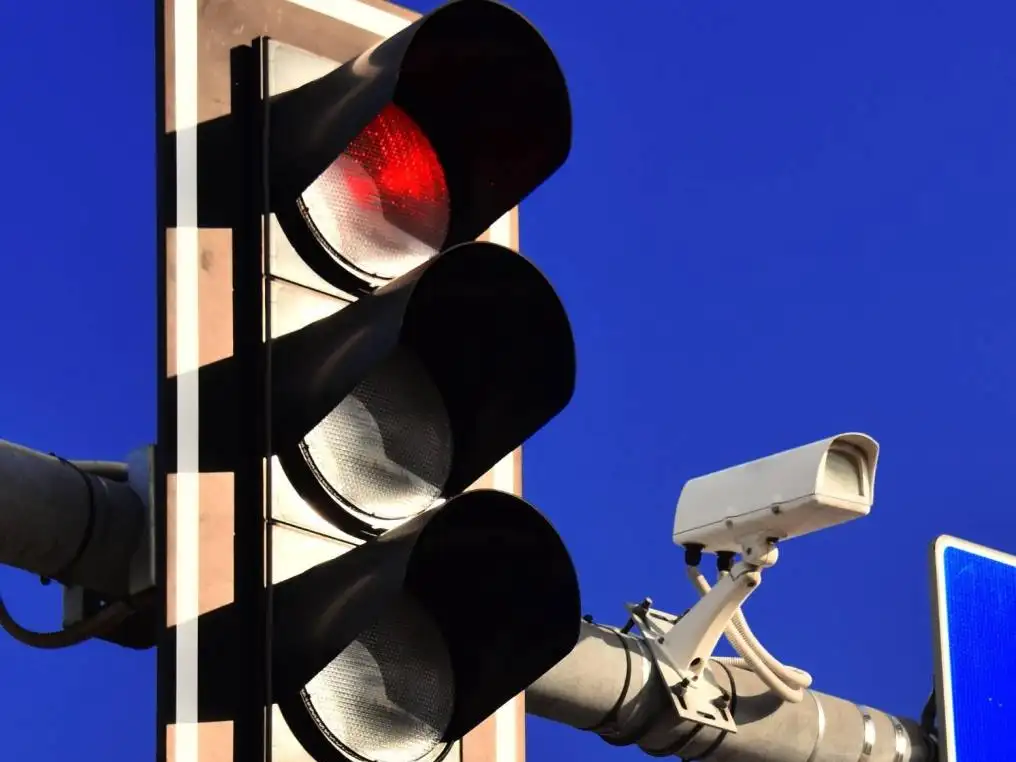
The Mission and Mojave red light camera uses a combination of sensors and high resolution cameras.
- Sensors embedded in the pavement detect if a vehicle enters the intersection after the signal has turned red.
- Cameras and video equipment capture images of the vehicle, license plate, and sometimes the driver.
- The footage is reviewed by law enforcement to confirm whether a violation occurred.
- If approved, a notice of violation (citation) is mailed to the registered vehicle owner.
Each ticket typically includes:
- Photos of the vehicle in the intersection
- A link to video evidence
- The alleged violation code (CVC 21453(a), 21453(b), or 21453(c))
- Fine amount and instructions to pay or contest
California Vehicle Code 21453 Explained
Understanding the specific law is important.
- 21453(a): Failing to stop at a solid red light.
- 21453(b): Failing to yield to pedestrians/traffic before turning right on red.
- 21453(c): Failing to obey a steady red arrow signal.
Tickets from the Mission and Mojave red light camera usually fall under 21453(a) or 21453(b).
How Much Is a Red Light Camera Ticket in Fremont?
A red light camera ticket in California generally costs around $490–$500, including base fine, penalty assessments, and fees.
Other consequences may include:
- 1 point on your DMV driving record
- Possible increase in auto insurance premiums
- Required traffic school (to mask the point, if eligible)
Can You Fight a Mission and Mojave Red Light Camera Ticket?
Yes. Drivers who receive a citation from the Mission and Mojave camera have options to contest it. Some common defenses include:
- Driver not clearly identifiable (photo doesn’t prove you were driving).
- Yellow light timing too short (did not meet legal minimums, as critics argue in California).
- Improper signage (no clear warning about photo enforcement).
- Obstructed license plate visibility (glare, shadows, or unclear evidence).
- Emergency necessity (had to proceed for safety reasons).
One common method to challenge a ticket is through a Trial by Written Declaration (Form TR 205), which allows you to contest without appearing in court.
Critics Say Yellow Lights Are Too Short
California has seen significant debate over red light cameras, especially regarding yellow light timing. Critics argue that some intersections shorten the yellow phase, which can unfairly trap drivers and increase revenue rather than improve safety.
A CBS San Francisco investigation reported that Assembly Bill 612 was introduced to standardize longer yellow lights across the state, helping reduce questionable citations. This is relevant to Mission and Mojave, as drivers often complain about short signal timing.
Fremont Police Department’s Red Light Camera Program
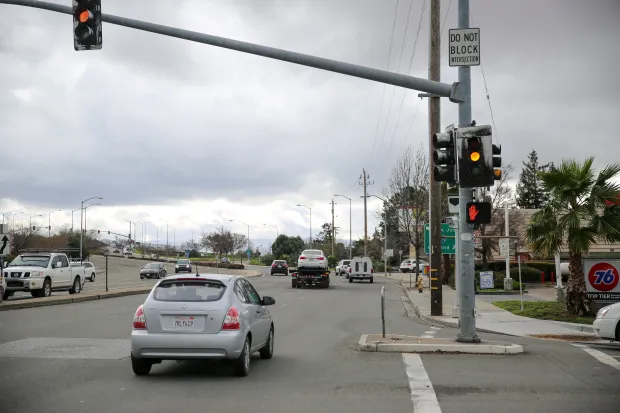
The Fremont Police Department oversees the Mission and Mojave camera as part of its larger Red Light Camera Program. According to the department:
- Cameras are intended to improve traffic safety, not generate revenue.
- Violations are reviewed by sworn officers before citations are issued.
- New violators may first receive a 30 day warning notice when cameras are installed at an intersection.
The city also provides sample citations and information on how to contact the traffic unit with questions.
Safety Statistics at Mission and Mojave
While detailed public crash statistics are limited, Fremont’s adoption of red light cameras was influenced by intersections like Mission Boulevard, which historically had higher rates of red light running incidents and collisions.
Studies in California show mixed results:
- Some intersections see a drop in right angle (T bone) crashes.
- Others see an increase in rear end collisions as drivers brake abruptly to avoid being caught.
Steps to Handle a Mission and Mojave Red Light Camera Ticket
- Review the evidence access the provided photos/video.
- Check for errors verify license plates, driver visibility, and time stamps.
- Decide your response pay the fine, attend traffic school, or contest.
- File a Trial by Written Declaration (TR 205) if you want to fight by mail.
- Request an in person trial if needed.
FAQs:
1. Where is the Mission and Mojave red light camera located?
The Mission and Mojave red light camera is located in Fremont, California. It monitors both directions of traffic at the intersection, capturing violations with automated photo and video evidence for citation issuance.
2. How much is a red light camera ticket in Fremont?
A Fremont red light camera ticket typically costs around $490, including fees. Additional expenses may apply if traffic school is chosen. Fines can increase if unpaid or ignored, so timely action is crucial.
3. Can I fight a Mission and Mojave red light camera ticket?
Yes, you can contest a Fremont red light camera ticket. Common defenses include unclear photos, incorrect vehicle identification, short yellow light timing, or errors in citation. Trial by declaration is a useful option.
4. Do Fremont red light cameras record all traffic?
No, Fremont red light cameras only activate when a vehicle enters the intersection after the light turns red. Green or yellow light crossings are not recorded, minimizing unnecessary captures or mistaken violations.
5. How long does it take to receive a Fremont red light camera ticket?
Typically, drivers receive a Fremont red light camera citation within 2–3 weeks by mail. The notice includes photos, video evidence, citation details, payment instructions, and options for contesting or requesting traffic school.
Conclusion
The Mission and Mojave red light camera in Fremont plays a vital role in improving road safety while reducing accidents caused by red light running. However, receiving a ticket can feel frustrating and expensive, with fines nearing $500. Drivers should know the camera’s location, how it operates, and their legal rights when cited. By staying informed about defenses, such as yellow light timing or unclear evidence, drivers can make better decisions either to contest a citation or comply with local traffic laws.

